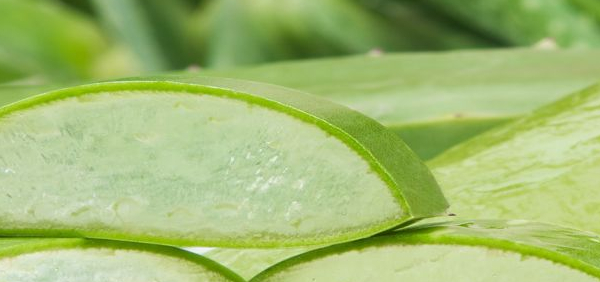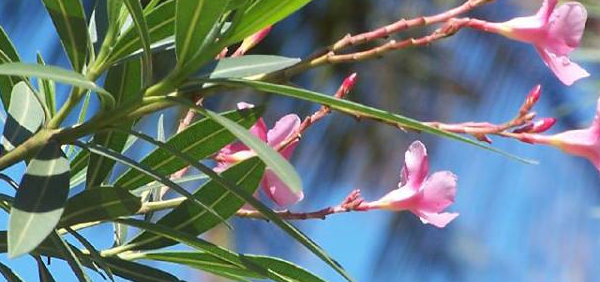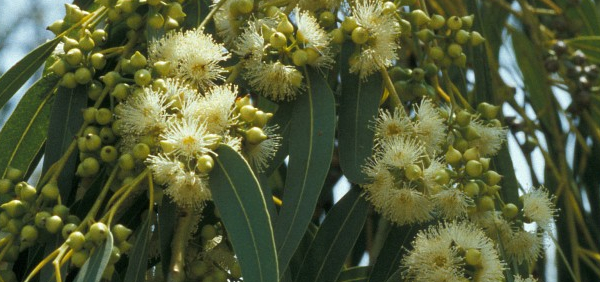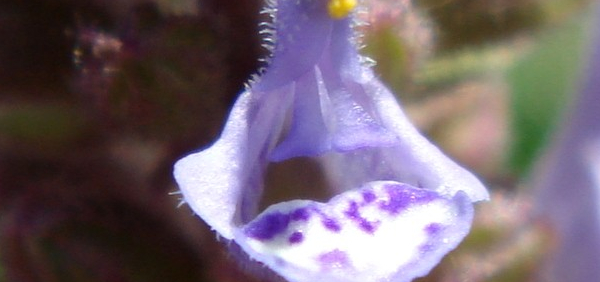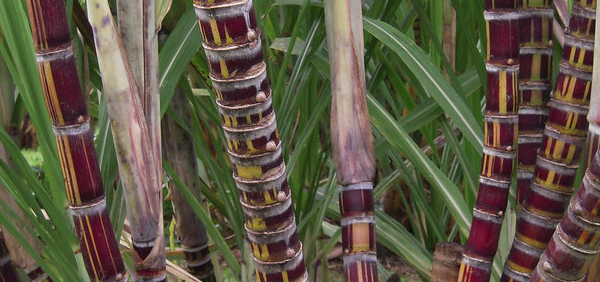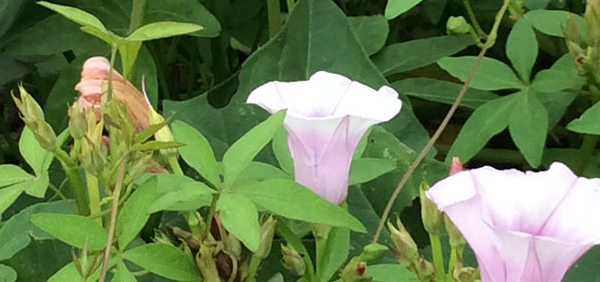canda :
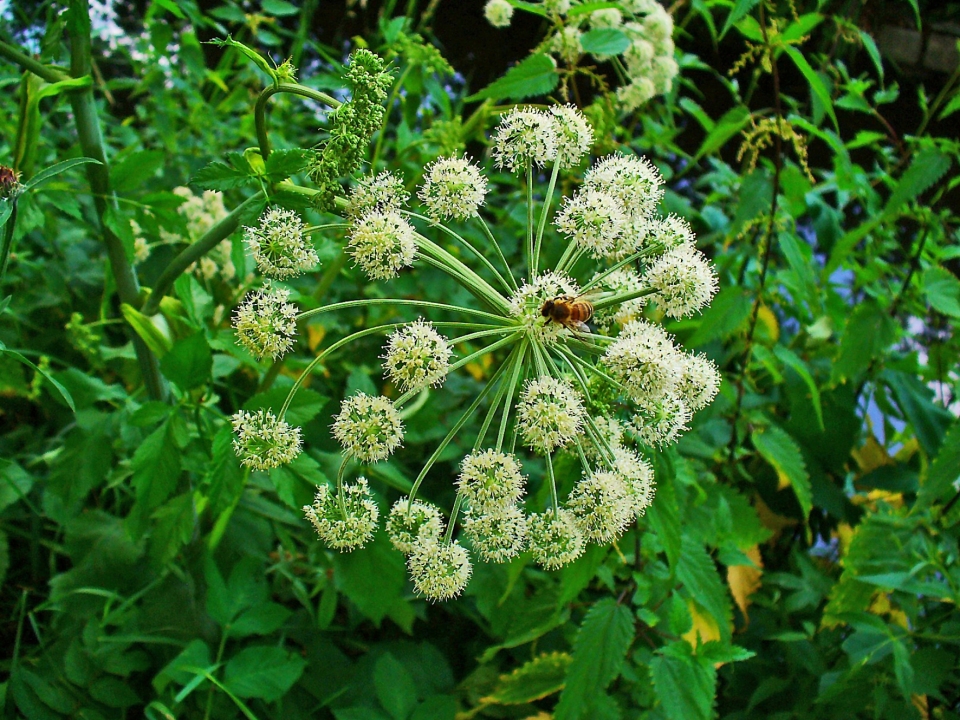
Phytochemistry:
The chief constituents of Angelica are about one percent volatile oil, valeric acid, angelic acid, sugar, a bitter principle, and a peculiar resin called Angelicin, which is stimulating to the lungs and to the skin. Generally it contains limonene, α-phellandrene, pinene, p-cymene, terpinolene, myrcene, fenchone, linalool, α-terpineol, cadinene, borneol, β-caryophyllene, bisabolol, angelica lactone, and other mono and sesquiterpenes. Other constituents include selimone, archangelin, and oxypeucedanin. Glycoside (C 20 H 24 O 10 ), (C 17 H 16 O 9 ), (C 21 H 26 O 10 ) and (C 16 H 18 O 9 ) have been identified as (3R)-hydroxymarmesin 4-O-b -D-glucopyranoside, and have been isolated from Angelica archangelica Linn
PHARMACOLOGY:
IMPORTANT FORMULATIONS – Manjisthadi TailaIt is one of the ingredients in the Ayurveda medicines like:-
Sahacharadi Kuzhambu
Himasagara Tailam
Mahanarayan thaialam
Nalpamaradi Thaialam
Nisosiradi Thailam
Prabhanjana Vimardanam Thailam
Sahacharadi Thailam
Sarvamayanthaka Ghritam
Triphaladi Keram
- » Classification and names of canda
- » Synonyms and definitions of canda
- » Drug Properties of canda
- » Chemical Constituents of canda
- » Standardization of canda
- » Parts used and Dosage of canda
- » Morphology and Histology of canda
- » Distribution and Conservation of canda
- » Cultivation of canda
- » canda in the market
- » Medicinal Uses of canda
- » Researches and clinical trails of canda
- » canda in other sytems of medicine
- » Ayurvedic formulations with canda
- » Images of canda



